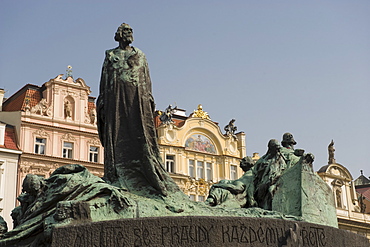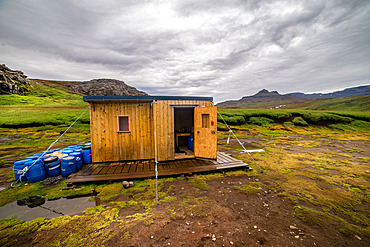Results
10 results found
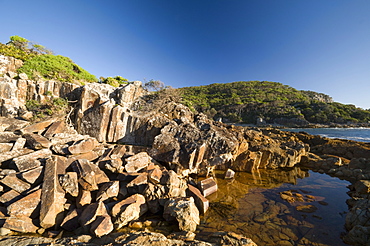
Mimosa rocks and rock pool in natural bay composed of volcanic Rhyolite rock, around 360 million years old, Mimosa Rocks National Park, New South Wales, Australia, Pacific
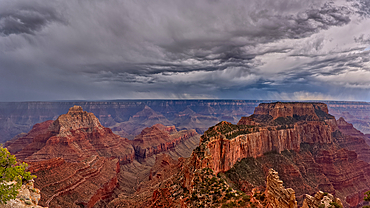
Panorama of storm clouds passing over Grand Canyon Arizona, viewed from Cape Royal on the North Rim. Composed of 3 photos stitched together.
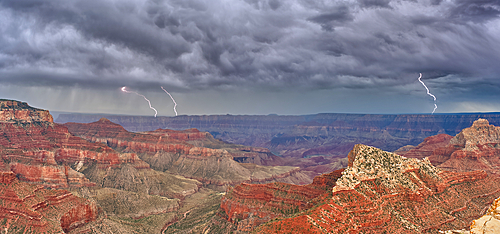
Panorama of a lightning storm passing over Grand Canyon Arizona, viewed from Cape Royal on the North Rim. Composed of 5 photos stitched together.

Dune 45 the star dune composed of 5 million year old sand, Sossusvlei, Namib Desert, Namib Naukluft National Park, Namibia, Africa

The jeep around Dune 45 composed of 5 million years of sand, Sossusvlei, Namib Desert, Namib Naukluft National Park, Namibia, Africa

Cathedral Rock viewed from a slick sandstone plateau, composed of 21 photos stitched into a super panorama, Sedona, Arizona, United States of America, North America
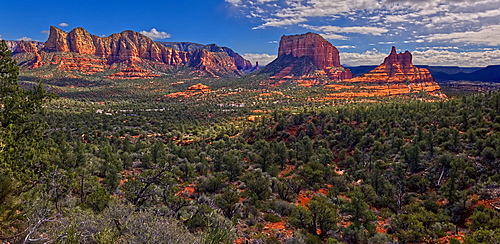
Panorama of Bell Rock, Courthouse Butte, and Lee Mountain, viewed from the HiLine Trail, composed of three photos, Arizona, United States of America, North America

Panorama of Courthouse Butte, Rabbit Ears, and Lee Mountain in Sedona, composed of eight photos, Arizona, United States of America, North America

Composed from eight photos, a panorama view of the Grand Canyon South Rim from the historic Watch Tower, UNESCO World Heritage Site, Arizona, United States of America, North America

Historic building of 1867 revolution, where Perucho Figueredo composed Cuban National Anthem, Bayamo, Cuba, West Indies, Caribbean, Central America
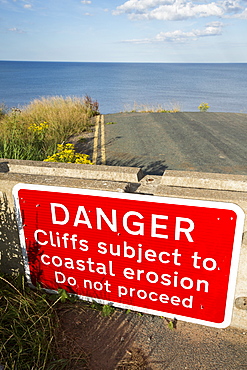
A collapsed coastal road near Skipsea on Yorkshires East Coast, UK. The coast is composed of soft boulder clays, very vulnerable to coastal erosion. This sectiion of coast has been eroding since Roman times, with many villages having disappeared into the sea, and is the fastest eroding coast in Europe. Climate change is speeding up the erosion, with sea level rise, increased stormy weather and increased heavy rainfall events, all playing their part.
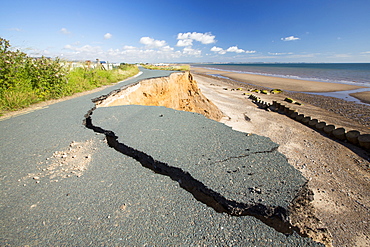
A collapsed coastal road at between Skipsea and Ulrome on Yorkshires East Coast, near Skipsea, UK. The coast is composed of soft boulder clays, very vulnerable to coastal erosion. This sectiion of coast has been eroding since Roman times, with many villages having disappeared into the sea, and is the fastest eroding coast in Europe. Climate change is speeding up the erosion, with sea level rise, increased stormy weather and increased heavy rainfall events, all palying their part.
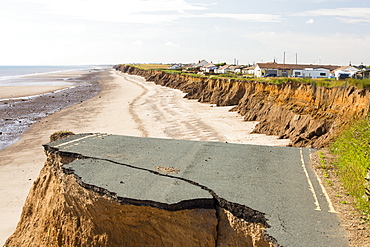
A collapsed coastal road at between Skipsea and Ulrome on Yorkshires East Coast, near Skipsea, UK. The coast is composed of soft boulder clays, very vulnerable to coastal erosion. This sectiion of coast has been eroding since Roman times, with many villages having disappeared into the sea, and is the fastest eroding coast in Europe. Climate change is speeding up the erosion, with sea level rise, increased stormy weather and increased heavy rainfall events, all palying their part.

A collapsed coastal road at Easingotn on Yorkshires East Coast, near Skipsea, UK. The coast is composed of soft boulder clays, very vulnerable to coastal erosion. This sectiion of coast has been eroding since Roman times, with many villages having disappeared into the sea, and is the fastest eroding coast in Europe. Climate change is speeding up the erosion, with sea level rise, increased stormy weather and increased heavy rainfall events, all palying their part.
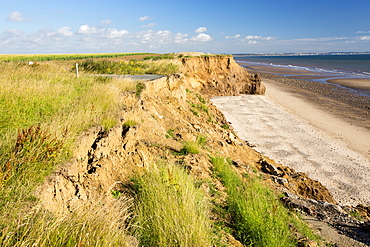
A collapsed coastal road at near Aldbrough on Yorkshires East Coast, near Skipsea, UK. The coast is composed of soft boulder clays, very vulnerable to coastal erosion. This sectiion of coast has been eroding since Roman times, with many villages having disappeared into the sea, and is the fastest eroding coast in Europe. Climate change is speeding up the erosion, with sea level rise, increased stormy weather and increased heavy rainfall events, all palying their part.
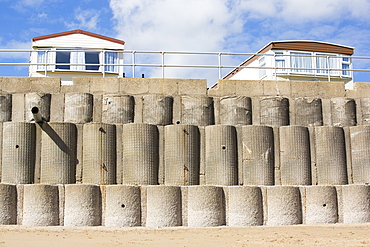
Concrete sea defences at Beach Bank Caravan Park in Ulrome near Skipsea on Yorkshires East Coast, UK. The coast is composed of soft boulder clays, very vulnerable to coastal erosion. This section of coast has been eroding since Roman times, with many villages having disappeared into the sea, and is the fastest eroding coast in Europe. Climate change is speeding up the erosion, with sea level rise, increased stormy weather and increased heavy rainfall events, all playing their part.
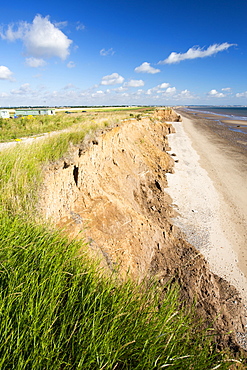
A collapsed coastal road at between Skipsea and Ulrome on Yorkshires East Coast, near Skipsea, UK. The coast is composed of soft boulder clays, very vulnerable to coastal erosion. This sectiion of coast has been eroding since Roman times, with many villages having disappeared into the sea, and is the fastest eroding coast in Europe. Climate change is speeding up the erosion, with sea level rise, increased stormy weather and increased heavy rainfall events, all palying their part.
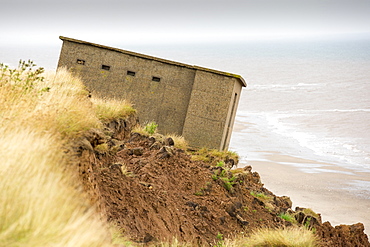
A Second world War lookout post leaning alarmingly and about to tumble over the edge of the cliff near Aldbrough on Yorkshires East Coast, UK. The coast is composed of soft boulder clays, very vulnerable to coastal erosion. This section of coast has been eroding since Roman times, with many villages having disappeared into the sea, and is the fastest eroding coast in Europe. Climate change is speeding up the erosion, with sea level rise, increased stormy weather and increased heavy rainfall events, all playing their part.
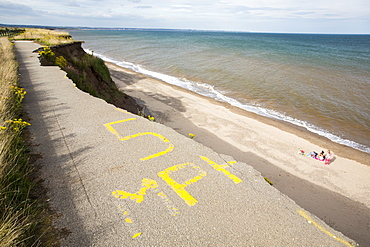
A collapsed coastal road at Barmston on Yorkshires East Coast, near Skipsea, UK. The coast is composed of soft boulder clays, very vulnerable to coastal erosion. This sectiion of coast has been eroding since Roman times, with many villages having disappeared into the sea, and is the fastest eroding coast in Europe. Climate change is speeding up the erosion, with sea level rise, increased stormy weather and increased heavy rainfall events, all palying their part.
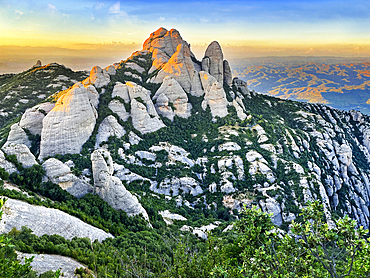
Montserrat is a mountain near Barcelona, in Catalonia. It is the site of a Benedictine abbey, Santa Maria de Montserrat, which hosts the Virgin of Montserrat sanctuary.
Montserrat is a multi-peaked mountain range near Barcelona, in Catalonia, Spain. It is part of the Catalan Pre-Coastal Range. The main peaks are Sant Jeroni (1,236 m), Montgrós (1,120 m) and Miranda de les Agulles (903 m). It is well known as the site of the Benedictine abbey, Santa Maria de Montserrat, which hosts the Virgin of Montserrat sanctuary. Montserrat literally means "saw (serrated, like the common handsaw) mountain" in Catalan. It describes its peculiar aspect with multitude of rock formations which are visible from a great distance. The mountain is composed of strikingly pink conglomerate, a form of sedimentary rock. Montserrat was designated as a National Park in 1987. On this mountain we will have access to the Monastery of Montserrat which houses the virgin that gives its name to the monastery, although it is also known as La Moreneta

Anatomy of the cow digestive apparatus. From left to right: mouth and esophagus, the reticulum (brown excrescence on the left), the rumen or composed paunch, from the top to the bottom by the dorsal sac, the cranial sac and the ventral sac. The grey excrescence beneath is the abomasum or velles.
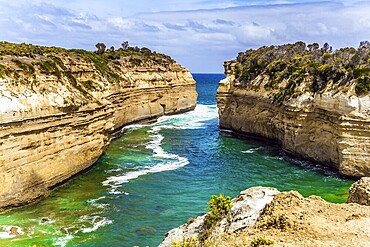
The Great Ocean Road of Australia. Coastal rocks are composed of sandstone. Small ocean fjord with clear green water. The concept of exotic, active and photo-tourism

Church and cemetery in Wagrein, homeland of the poet Waggerl, the song Silent Night was composed here, Pongau, Salzburg, Austria, Europe
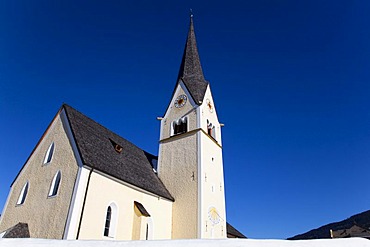
Church in Wagrein, homeland of the poet Waggerl, the song Silent Night was composed here, Pongau, Salzburg, Austria, Europe

Ottawa, Canada, August 8, 2008: National War Memorial designed by Vernon March and unveiled by King George VI in 1939. The monument is composed of 23 bronze figures and a stone arch. In the background the Canadian Parliament building in downtown Ottawa, Ontario, Canada, North America
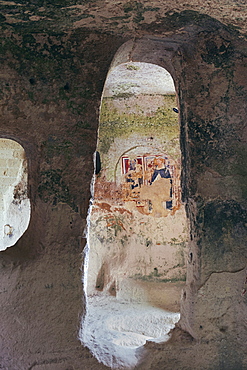
Ancient frescoes inside the church of Madonna delle virtù, This monastic complex is one of the most important monuments in Matera and is composed of dozens of caves spread over two floors, Matera, Basilicata, Italy, Europe
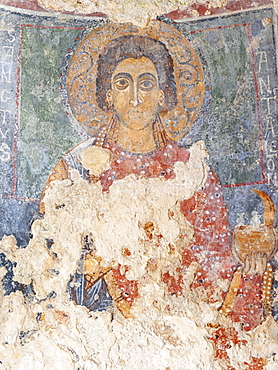
Ancient frescoes inside the church of Madonna delle virtù, This monastic complex is one of the most important monuments in Matera and is composed of dozens of caves spread over two floors, Matera, Basilicata, Italy, Europe
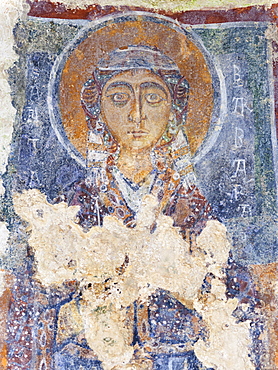
Ancient frescoes inside the church of Madonna delle virtù, This monastic complex is one of the most important monuments in Matera and is composed of dozens of caves spread over two floors, Matera, Basilicata, Italy, Europe
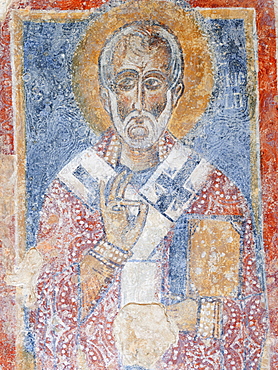
Ancient frescoes inside the church of Madonna delle virtù, This monastic complex is one of the most important monuments in Matera and is composed of dozens of caves spread over two floors, Matera, Basilicata, Italy, Europe
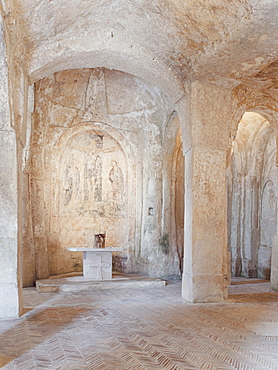
Interrior of the church of San Nicola del Greci, This monastic complex is one of the most important monuments in Matera and is composed of dozens of caves spread over two floors, Matera, Basilicata, Italy, Europe
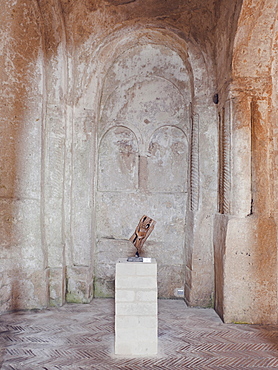
Interrior of the church of San Nicola del Greci, This monastic complex is one of the most important monuments in Matera and is composed of dozens of caves spread over two floors, Matera, Basilicata, Italy, Europe

A votive aedicule depicting the Madonna in one of the main streets of the Sassi in Matera. The Sassi di Matera are ancient cave dwellings in the Italian city of Matera, Basilicata. Situated in the old town, they are composed of the Sasso Caveoso and the later Sasso Barisano. Matera, Basilicata, Italy, Europe
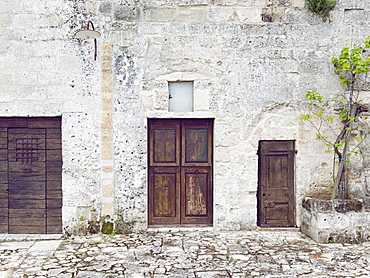
Ancient entrance gates to the cave houses in Matera into the Sassi. The Sassi di Matera are ancient cave dwellings in the Italian city of Matera, Basilicata. Situated in the old town, they are composed of the Sasso Caveoso and the later Sasso Barisano. Matera, Basilicata, Italy, Europe

Interrior of the church of San Nicola del Greci, This monastic complex is one of the most important monuments in Matera and is composed of dozens of caves spread over two floors, Matera, Basilicata, Italy, Europe
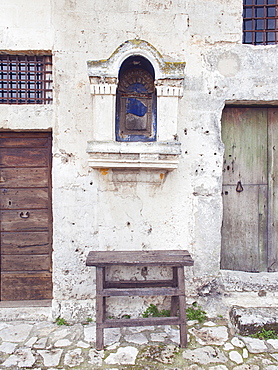
Ancient entrance gates to the cave houses in Matera into the Sassi. The Sassi di Matera are ancient cave dwellings in the Italian city of Matera, Basilicata. Situated in the old town, they are composed of the Sasso Caveoso and the later Sasso Barisano. Matera, Basilicata, Italy, Europe
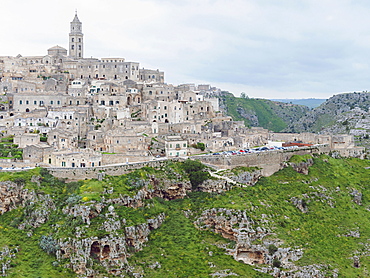
View of the ancient village of Sassi, they are composed of the Sasso Caveoso and the later Sasso Barisano, Matera, Basilicata, Italy, Europe
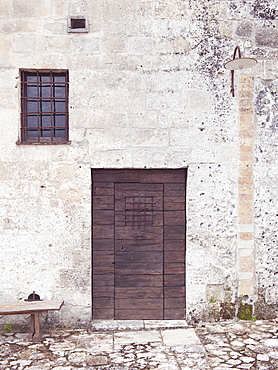
Ancient entrance gates to the cave houses in Matera into the Sassi. The Sassi di Matera are ancient cave dwellings in the Italian city of Matera, Basilicata. Situated in the old town, they are composed of the Sasso Caveoso and the later Sasso Barisano. Matera, Basilicata, Italy, Europe
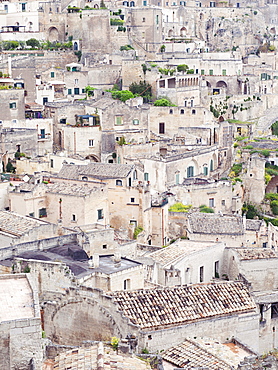
View of the ancient village of Sassi, they are composed of the Sasso Caveoso and the later Sasso Barisano, Matera, Basilicata, Italy, Europe
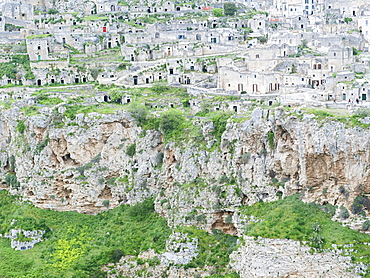
View of the ancient village of Sassi, they are composed of the Sasso Caveoso and the later Sasso Barisano, Matera, Basilicata, Italy, Europe
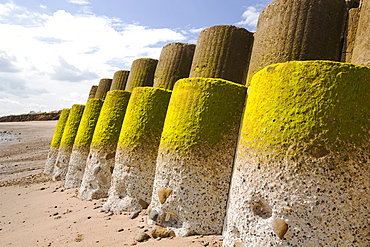
Smashed concrete sea defenses at Ulrome near Skipsea on Yorkshires East Coast, UK. The sea has eroded past the barriers and left them stranded further down the beach. The coast is composed of soft boulder clays, very vulnerable to coastal erosion. This section of coast has been eroding since Roman times, with many villages having disappeared into the sea, and is the fastest eroding coast in Europe. Climate change is speeding up the erosion, with sea level rise, increased stormy weather and increased heavy rainfall events, all playing their part.
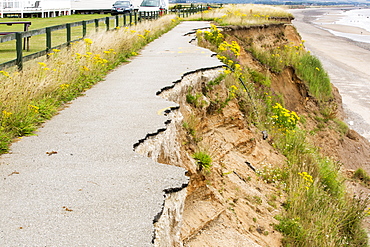
A collapsed coastal road at Barmston on Yorkshires East Coast, near Skipsea, UK. The coast is composed of soft boulder clays, very vulnerable to coastal erosion. This section of coast has been eroding since Roman times, with many villages having disappeared into the sea, and is the fastest eroding coast in Europe. Climate change is speeding up the erosion, with sea level rise, increased stormy weather and increased heavy rainfall events, all playing their part.
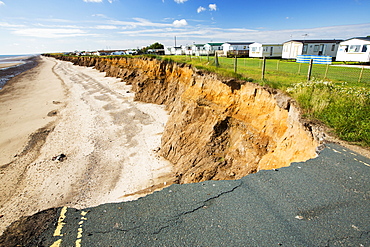
A collapsed coastal road at between Skipsea and Ulrome on Yorkshires East Coast, near Skipsea, UK. The coast is composed of soft boulder clays, very vulnerable to coastal erosion. This section of coast has been eroding since Roman times, with many villages having disappeared into the sea, and is the fastest eroding coast in Europe. Climate change is speeding up the erosion, with sea level rise, increased stormy weather and increased heavy rainfall events, all playing their part.
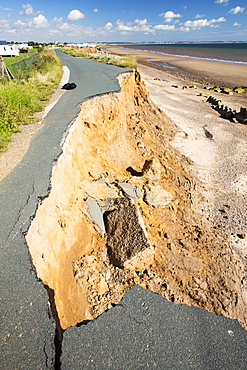
A collapsed coastal road at between Skipsea and Ulrome on Yorkshires East Coast, near Skipsea, UK. The coast is composed of soft boulder clays, very vulnerable to coastal erosion. This section of coast has been eroding since Roman times, with many villages having disappeared into the sea, and is the fastest eroding coast in Europe. Climate change is speeding up the erosion, with sea level rise, increased stormy weather and increased heavy rainfall events, all playing their part.
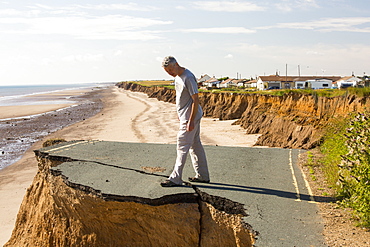
A collapsed coastal road at between Skipsea and Ulrome on Yorkshires East Coast, near Skipsea, UK. The coast is composed of soft boulder clays, very vulnerable to coastal erosion. This section of coast has been eroding since Roman times, with many villages having disappeared into the sea, and is the fastest eroding coast in Europe. Climate change is speeding up the erosion, with sea level rise, increased stormy weather and increased heavy rainfall events, all playing their part.
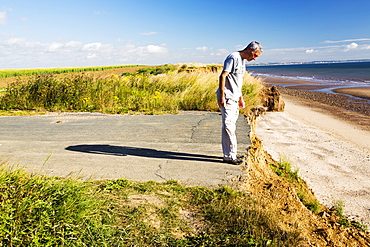
A collapsed coastal road at near Aldbrough on Yorkshires East Coast, near Skipsea, UK. The coast is composed of soft boulder clays, very vulnerable to coastal erosion. This section of coast has been eroding since Roman times, with many villages having disappeared into the sea, and is the fastest eroding coast in Europe. Climate change is speeding up the erosion, with sea level rise, increased stormy weather and increased heavy rainfall events, all playing their part.
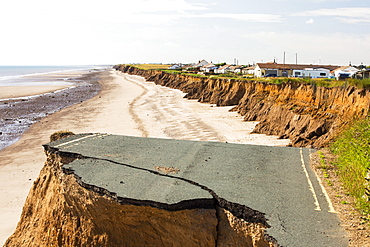
A collapsed coastal road at between Skipsea and Ulrome on Yorkshires East Coast, near Skipsea, UK. The coast is composed of soft boulder clays, very vulnerable to coastal erosion. This section of coast has been eroding since Roman times, with many villages having disappeared into the sea, and is the fastest eroding coast in Europe. Climate change is speeding up the erosion, with sea level rise, increased stormy weather and increased heavy rainfall events, all playing their part.
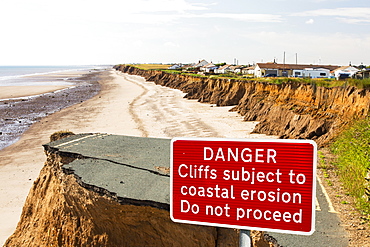
A collapsed coastal road at between Skipsea and Ulrome on Yorkshires East Coast, near Skipsea, UK. The coast is composed of soft boulder clays, very vulnerable to coastal erosion. This section of coast has been eroding since Roman times, with many villages having disappeared into the sea, and is the fastest eroding coast in Europe. Climate change is speeding up the erosion, with sea level rise, increased stormy weather and increased heavy rainfall events, all playing their part.




